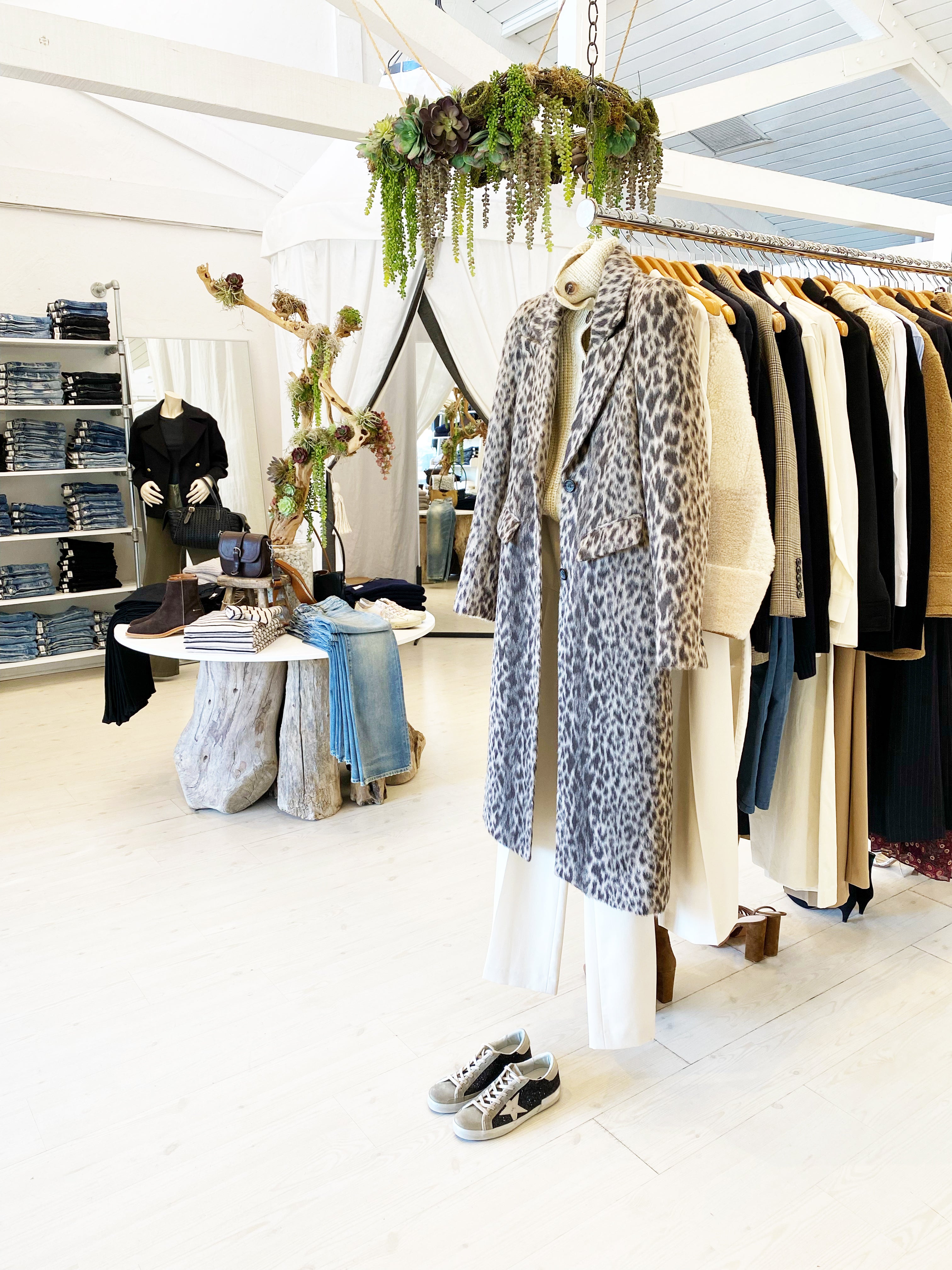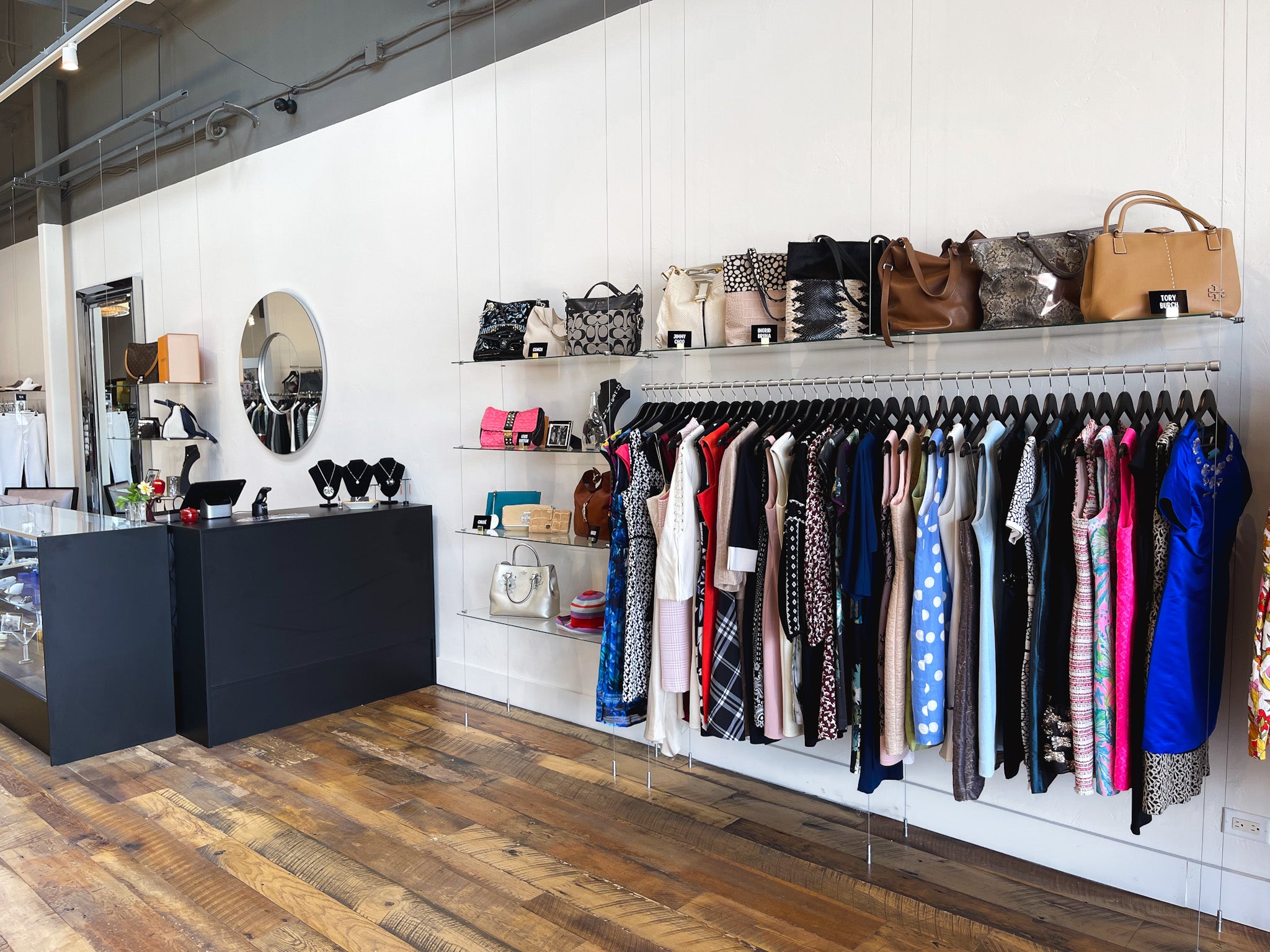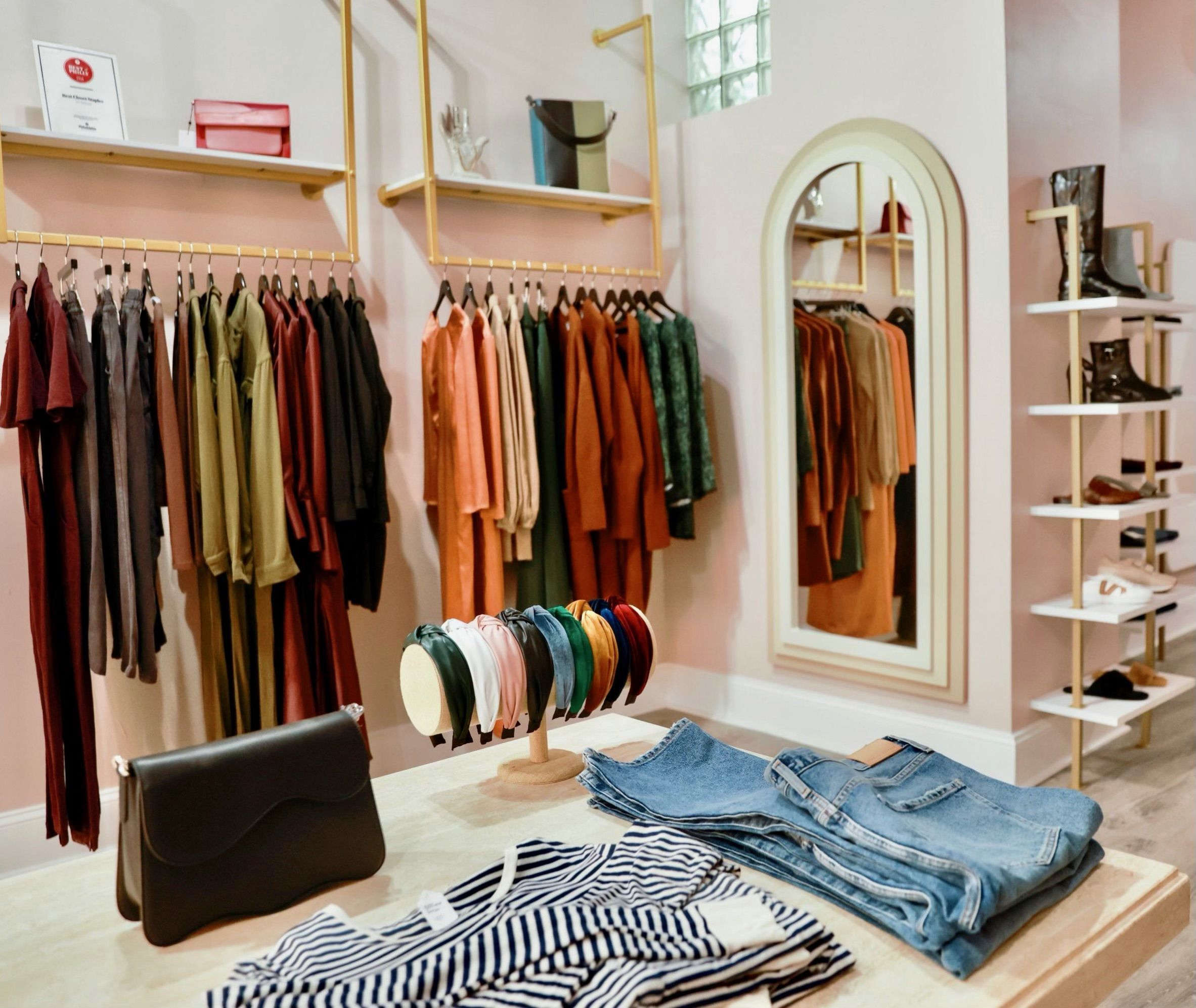Raise Your Closet with Magnificent Boutique Fashion Basics
Raise Your Closet with Magnificent Boutique Fashion Basics
Blog Article
Exploring the Advancement and Impact of Clothes on Modern Style Trends
The evolution of clothing has actually significantly influenced contemporary style patterns, merging historical criteria with sophisticated technologies. Legendary numbers like Coco Chanel and Yves Saint Laurent revolutionized the style sector by introducing concepts that prioritize convenience and availability, which continue to resonate today.
Historical Style Influencers
In the tapestry of style history, particular figures have actually left an enduring mark, shaping the patterns and designs that define whole eras. Coco Chanel, a cutting edge designer, redefined ladies's style by presenting comfortable, elegant apparel that departed from restrictive bodices.
Elsa Schiaparelli is another essential number, renowned for her progressive designs that integrated surrealist art, collaborating with Salvador Dalí to create wayward pieces that tested standard appearances. Her innovative use of color and vibrant patterns resounds in contemporary fashion. Yves Saint Laurent, at the same time, democratized high style with prêt-à-porter collections, bringing runway styles to the masses and establishing a criterion for modern ready-to-wear lines.
These visionaries, among others, not just changed fashion in their times yet also set withstanding patterns that reverberate in today's style sector, providing a foundation whereupon modern-day developers remain to innovate and develop. Their traditions highlight the relevance of imagination and bold in style's ever-evolving story.
Technical Innovations in Style
Among the vibrant landscape of the style sector, technological developments stand at the leading edge of advancement, improving exactly how designers produce and consumers engage with fashion. The combination of 3D printing has reinvented style processes, allowing designers to try out complex structures and lasting products that were formerly unthinkable. This innovation helps with rapid prototyping, reducing waste and expediting manufacturing times.

Smart fabrics, embedding modern technology into textiles, are likewise changing the sector. Developments like temperature-regulating and self-cleaning materials use enhanced performance and convenience. Wearable technology, including features like physical fitness monitoring and interaction, adds a new measurement to style, combining aesthetic appeals with usefulness.
Social Changes and Design
As technical advancements continue to reshape the apparel industry, social changes are just as influential, redefining style and customer choices. Recently, the surge of social media sites platforms has increased the circulation of international style patterns, enabling diverse cultural influences to converge and coexist. This electronic interconnectivity has actually promoted the quick exchange of concepts, resulting in a much more comprehensive and diverse interpretation of style that reflects the multifaceted nature of modern culture.
Cultural awareness and recognition have prompted developers to draw motivation from a broader spectrum of historical and ethnic contexts, integrating traditional concepts with contemporary aesthetic appeals. This fusion has resulted in style that resonates with a larger audience, advertising a sense of identity and belonging throughout different demographics. In addition, the raising need for customization has driven brand names to supply adjustable options, making it possible for consumers to this post share uniqueness while reflecting their social heritage.
Furthermore, changing societal worths have influenced fashion, with inclusivity and diversity becoming main themes. The market has begun to welcome designs and influencers of numerous body types, ethnicities, and sex identities, difficult conventional charm standards. This transformation emphasizes the power of cultural shifts fit the future of fashion, as design comes to be a much more genuine expression of personal and collective identity.
Sustainability and Modern Layout
While the fashion industry remains to evolve, the critical for sustainability has ended up being increasingly urgent, affecting modern-day design practices. This shift aims to attend to ecological concerns and honest factors you can try this out to consider, bring about a reevaluation of traditional manufacturing methods. Designers are currently incorporating lasting products, such as natural cotton, recycled polyester, and biodegradable materials, into their collections, minimizing the eco-friendly footprint of fashion. The increase of sluggish style, which stresses top quality over amount, urges customers to buy timeless pieces rather than transient trends.
Furthermore, contemporary design is identified by its advancement in reducing waste and advertising circularity. This technique not just alleviates environmental influence however additionally improves the social responsibility of style houses.

Future Trends in Fashion

Sustainability will certainly remain to be a driving force in forming future fashion patterns. The industry is significantly adopting eco-friendly products and ethical manufacturing methods, replying to a growing customer need for accountable techniques. Advancements investigate this site such as bio-fabricated materials and closed-loop recycling systems are established to redefine how apparel is created and taken in, minimizing environmental impact while maintaining design and high quality.
Cultural shifts, consisting of the increase of inclusivity and variety, will certainly likewise play a pivotal role. As culture comes to be much more familiar with social issues, style is anticipated to become a platform for expression and adjustment. Developers will likely concentrate on developing collections that reflect a wider array of experiences and identities, promoting depiction and accessibility.
Final Thought
The advancement of clothing substantially influences modern-day fashion trends, where historical impacts combine with modern designs. Key figures like Coco Chanel and Yves Saint Laurent have redefined design, while technical technologies such as 3D printing and clever textiles expand creative possibilities. Cultural shifts towards inclusivity and sustainability force brand names to embrace and adopt ethical practices diversity. This ongoing evolution underscores fashion's role as a mirror to societal values and technological improvement, suggesting a future rich with development and inclusivity.
The development of clothes has significantly affected modern-day fashion trends, combining historic precedents with cutting-edge technologies.Among the dynamic landscape of the fashion sector, technological advancements stand at the center of advancement, improving just how designers develop and customers engage with style.While the fashion industry proceeds to develop, the crucial for sustainability has come to be progressively urgent, influencing modern-day style practices. As sustainability comes to be embedded in modern-day style, it leads the method for an extra mindful and responsible style industry.
The development of clothes significantly affects modern style fads, where historical impacts merge with modern layouts.
Report this page